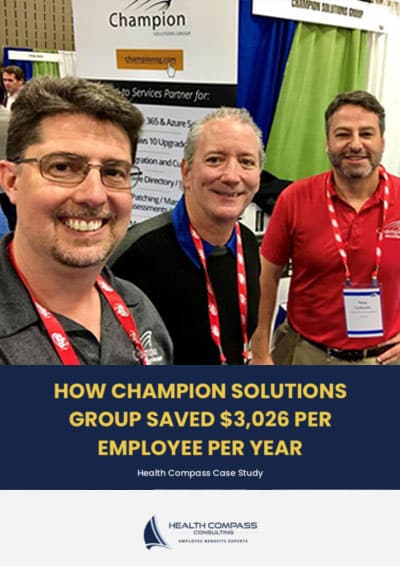Ready to take control of your company’s HR, payroll and benefits offerings? Here’s how to ensure a smooth transition when leaving a PEO.
Prepare Your Payroll
- Make sure you have federal and state withholding accounts
- Make sure you have Federal (FUTA) and State (SUTA) unemployment tax deposit accounts – you may want to speak with state regulatory bodies to discuss your rate once you exit the PEO
- Align yourself with a new payroll provider and work with them to create a process of transitioning services – this includes payroll history as well as future processing
- Request records of court orders, wage garnishments and tax levies currently in effect for employees from the PEO – if they are resistant you may have to make requests of employees for the documentation to assure orders are met
- Plan training on new system, including new duties required of field supervisors – assess whether duties of supervisors (time reporting) align with capabilities, time involved and culture of organization
- Monitor system usage by supervisors prior to “go live” date to assure they are practicing new responsibilities on system
- Involve company IT administrators to assure technical transition with internal systems
- Establish master personnel files – electronic, paper or both
- Implement internal administrative processes to assure compliance with activities such as FMLA, COBRA ACA tracking, etc.
- Identify a resource for benchmarked compensation data
- Identify a resource for annual Affirmative Action Plan activities (if applicable)
- Replace any reporting and analytics previously performed by PEO (turnover, exit interviews, cost per hire, etc.)
Outline Employee Benefits
- Review PEO contract to determine whether COBRA will receive notices of Loss of Coverage or may they remain on PEO plan?
- Work with benefit broker(s) and payroll processor to assure that you meet ACA requirements for plan design, penalty avoidance, tracking of hours, administration and annual IRS processing
- Performallrequiredactivitiesrequiredtoestablisha retirement plan and transfer employee funds to the new plan along with election forms, beneficiaries etc.
- Assure that all PHI regulated data is transferred
in a confidential manner, meeting federal HIPAA regulations – Seek assurance in writing from PEO on their safe-keeping of this information going forward (it’s still on their system)
- Verify accuracy of all time-off accrual formulas, balances to be transferred and any employees who have time off that isn’t standard to established formulas
- Seek assurance in writing from PEO on their safe keeping of identity information related to payroll going forward (it’s still on their system)
- Make sure you have payroll deduction / reduction forms for all sums that will be withheld from employees’ payroll
- Run a parallel payroll with new and old providers to assure accuracy
- Remember: mid-year changes affect employee’s taxable income status
Organize the HR Department
- Request copies of the employees’ tax withholding forms and I-9s from the PEO – they are not company specific and can be used if provided – otherwise employees will need to complete new forms
- Request records associated with terminations in case there are future charges/inquiries
- Request copies of any performance documentation on file for current employees
- Establish Worker’s Compensation coverage and define a process to assure that benefits due to pending and current claims are not interrupted, and claims are managed and resolved
Keep Up with Compliance
- Identify new sources to maintain awareness of employment practice regulations, legislation monitoring, updates, re-issued federal and state forms, postings, etc.
- Re-acquaint yourself with governmental reporting requirements, timeframes, needed resources for compiling data, etc.
- Identify a resource when guidance or a second opinion is needed when handling employee issues that are high risk or unfamiliar
Review Recruiting Procedures
- Identify new means of conducting candidate tracking, resume collection, interviewing and other recruiting activities formerly performed by PEO
- Train managers in legal and organizational interviewing skills
On-boarding and Learning Management
- Identify resources to continue on-boarding and training programs that the PEO was conducting with your workforce
- Develop a methodology to maintain safety training and risk management

